Refine listing
Actions for selected content:
2251 results in Cambridge Elements
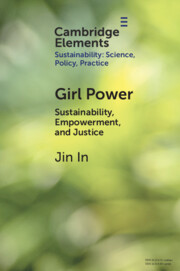
Girl Power
- Sustainability, Empowerment, and Justice
-
- Published online:
- 24 October 2024
- Print publication:
- 07 November 2024
-
- Element
- Export citation
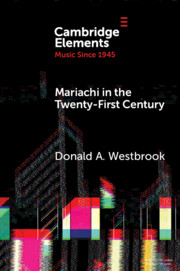
Mariachi in the Twenty-First Century
-
- Published online:
- 21 October 2024
- Print publication:
- 17 October 2024
-
- Element
- Export citation
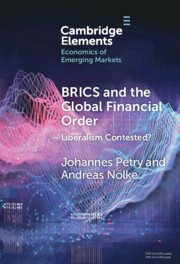
BRICS and the Global Financial Order
- Liberalism Contested?
-
- Published online:
- 17 October 2024
- Print publication:
- 17 October 2024
-
- Element
-
- You have access
- Open access
- HTML
- Export citation

Protecting the Public's Health during Novel Infectious Disease Outbreaks
-
- Published online:
- 03 October 2024
- Print publication:
- 31 October 2024
-
- Element
-
- You have access
- Open access
- HTML
- Export citation
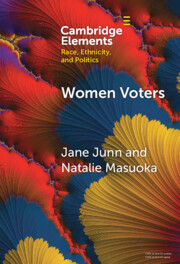
Women Voters
- Race, Gender, and Dynamism in American Elections
-
- Published online:
- 27 September 2024
- Print publication:
- 31 October 2024
-
- Element
- Export citation
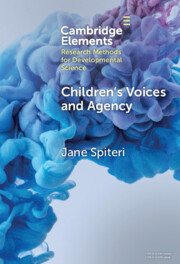
Children's Voices and Agency
- Ways of Listening in Early Childhood Quantitative, Qualitative and Mixed Methods Research
-
- Published online:
- 20 September 2024
- Print publication:
- 17 October 2024
-
- Element
- Export citation
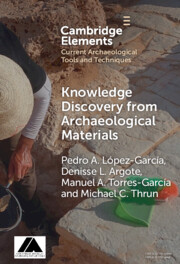
Knowledge Discovery from Archaeological Materials
-
- Published online:
- 20 September 2024
- Print publication:
- 17 October 2024
-
- Element
- Export citation
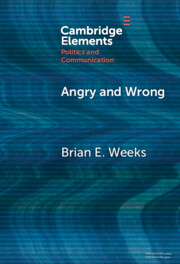
Angry and Wrong
- The Emotional Dynamics of Partisan Media and Political Misperceptions
-
- Published online:
- 19 September 2024
- Print publication:
- 28 November 2024
-
- Element
- Export citation
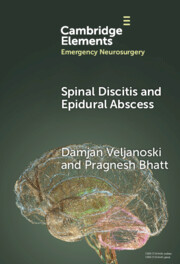
Spinal Discitis and Epidural Abscess
-
- Published online:
- 03 September 2024
- Print publication:
- 03 October 2024
-
- Element
- Export citation
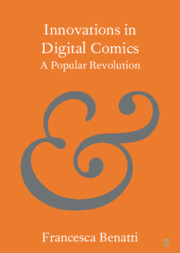
Innovations in Digital Comics
- A Popular Revolution
-
- Published online:
- 03 September 2024
- Print publication:
- 03 October 2024
-
- Element
-
- You have access
- Open access
- HTML
- Export citation
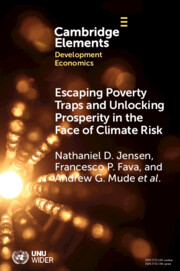
Escaping Poverty Traps and Unlocking Prosperity in the Face of Climate Risk
- Lessons from Index-Based Livestock Insurance
-
- Published online:
- 03 September 2024
- Print publication:
- 20 June 2024
-
- Element
-
- You have access
- Open access
- HTML
- Export citation
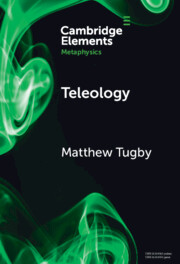
Teleology
-
- Published online:
- 31 August 2024
- Print publication:
- 27 June 2024
-
- Element
- Export citation
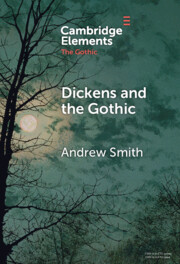
Dickens and the Gothic
-
- Published online:
- 18 June 2024
- Print publication:
- 17 October 2024
-
- Element
- Export citation
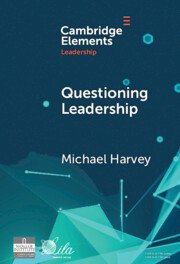
Questioning Leadership
-
- Published online:
- 17 June 2024
- Print publication:
- 20 June 2024
-
- Element
- Export citation
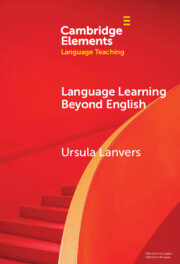
Language Learning beyond English
- Learner Motivation in the Twenty-First Century
-
- Published online:
- 14 June 2024
- Print publication:
- 21 November 2024
-
- Element
-
- You have access
- Open access
- HTML
- Export citation
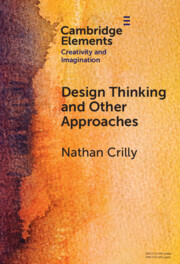
Design Thinking and Other Approaches
- How Different Disciplines See, Think and Act
-
- Published online:
- 10 June 2024
- Print publication:
- 03 October 2024
-
- Element
- Export citation
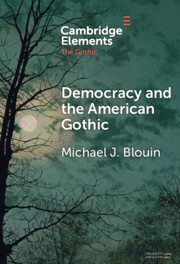
Democracy and the American Gothic
-
- Published online:
- 10 June 2024
- Print publication:
- 03 October 2024
-
- Element
- Export citation
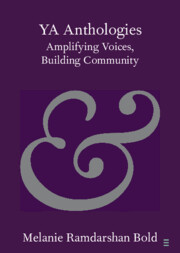
YA Anthologies
- Amplifying Voices, Building Community
-
- Published online:
- 07 June 2024
- Print publication:
- 27 June 2024
-
- Element
- Export citation
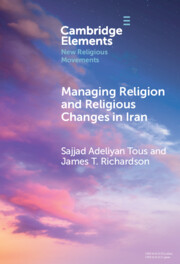
Managing Religion and Religious Changes in Iran
- A Socio-Legal Analysis
-
- Published online:
- 07 June 2024
- Print publication:
- 13 June 2024
-
- Element
- Export citation
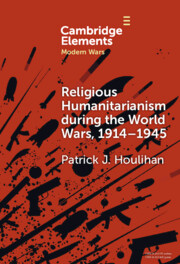
Religious Humanitarianism during the World Wars, 1914–1945
- Between Atheism and Messianism
-
- Published online:
- 06 June 2024
- Print publication:
- 13 June 2024
-
- Element
- Export citation
